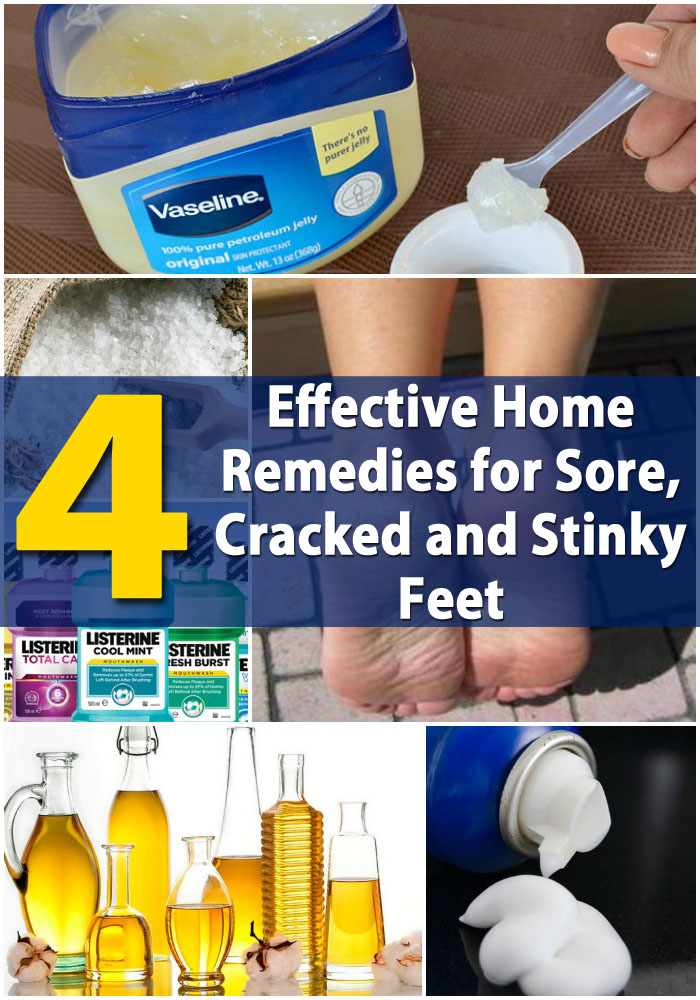Table of Content
Take a teaspoon of turmeric powder and add a few drops of water to it to make a paste. Baking soda is a natural antiseptic that helps prevent the development of secondary infections in the affected foot . It also keeps the area moisture-free, which, in turn, makes it uninhabitable for the fungus responsible for causing the infection . Athlete’s foot can be classified into different types depending on the kind of infection and the area of the foot affected. The three main types of athlete’s foot are discussed below. However, some doctors advise avoiding their use, as salicylic acid can be harmful to the surrounding skin.

Mix a tablespoon of 3% hydrogen peroxide with a tablespoon of water. Leave it on for 15 to 20 minutes and then wash it off with water. You can also leave the oil on your skin to be absorbed. Leave it on for 20 to 30 minutes, after which you can wash it off with water. Leave it on for 10 to 15 minutes and then wash it off with water.
When to see your doctor
If you’re looking to reduce foot swelling while pregnant, try elevating your feet several times a day as well. Aim for about 20 minutes at a time, even on an ottoman or a chair. Arch supports, or orthotics, can keep your feet stable while standing or walking, eliminating pain.
Check out the infographic below to learn more about seeking medical attention with an athlete’s foot. Clove oil is another essential oil that is among the effective home remedies for sore feet. Join pain, inflammation and overall pain can be relieved by clove oil, which promotes circulation, has an analgesic effect and reduces inflammation.
Sea salt baths
The feet, ankles, and legs are common areas for swelling. We’ll describe possible causes for this swelling, how to treat this symptom, and more. Water retention, known as edema, is swelling in parts of the body.

There is some evidence that fish oil can ease the pain of diabetic peripheral neuropathy. Using lotions with capsaicin or lidocaine on the skin can help ease neuropathy symptoms. These are often more effective when used in conjunction with oral pain medicine. Avoid getting these topicals in your eyes, nose, mouth, open wounds, or genital areas by wearing gloves or washing your hands entirely afterward. Best fitting shoes, but can often modify the shoe to fit difficult to fit feet. 4.Wearing the correct socks can help reduce ball of foot pain.You will want to look for a sock with extra cushion under the ball of the foot.
Can home remedies help in treating infected foot corns?
Our most recommended rocker running and walking shoes come fromHoka One One. On the same page you will find a complete guide to rocker shoes therapy. 2.The recommended OTC arch support for womens’ dress shoesis theFootChair Slim Orthotic with adjustable arch support.

A pedometer may be a way to make sure you’re walking enough and keeping your feet active. 12g baked astragalus, 12g tangerine peel, 6g perilla leaf, 5 red dates , 3 slices of ginger. Mix with boiling water once each day and drink frequently instead of tea. You can perform simple massage techniques to soothe the pain in your heels.
Hydrogen peroxide also exhibits antifungal properties that fight the underlying fungal infection responsible for causing athlete’s foot . Wash your hands before and after applying treatment. This can help prevent the foot from developing a bacterial infection and prevent the fungal infection from spreading to other parts of your body. The most effective way to use this treatment may be to dissolve a cup of sea salt into a warm foot bath.

Apply two to three drops of coconut oil to the affected area. Apply this mixture to the affected foot and allow it to dry. Apply this mixture directly to the affected area on your foot and allow it to dry.
Over-the-counter salicylic acid-based products are a common treatment modality for foot corns. Potatoes can also be used in the treatment of a foot corn. Anecdotal evidence suggests that rubbing a potato on the foot corn helps soften it, turn it black, and ultimately cause it to fall off. However, no scientific study supports the use of potatoes in the treatment of foot corns. Signs of infection include redness, pus, swelling, drainage, and fever.

Adam H. Kaplan, DPM, is a podiatrist who has been in private practice for over 5 years in New Jersey and specializes in a wide scope of foot care. If you’re suffering from a cough, it can be frustrating and painful. You’re willing to do just about anything to find relief. Fortunately, there are plenty of natural cough suppressants that you can try right now in...

No comments:
Post a Comment